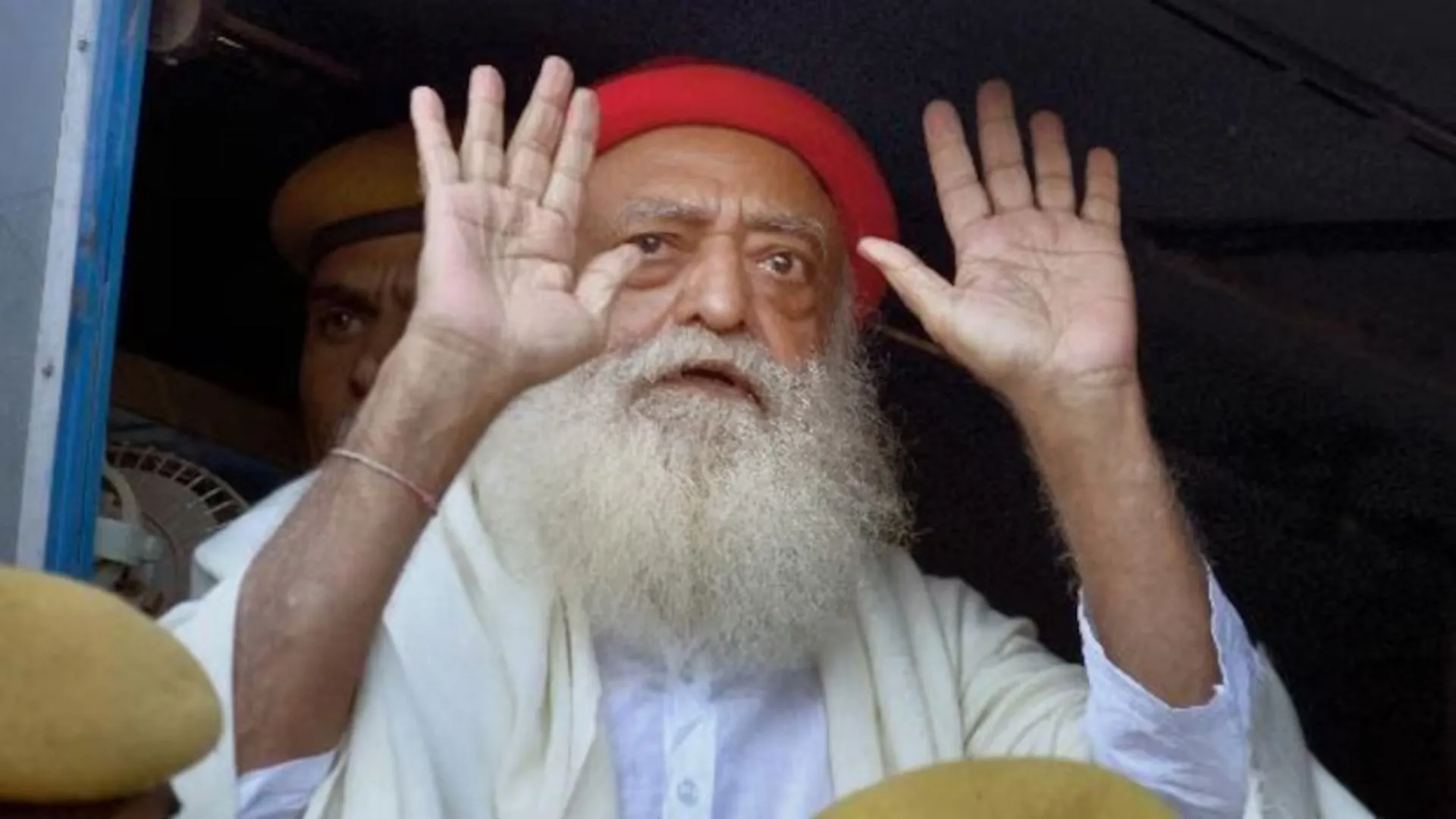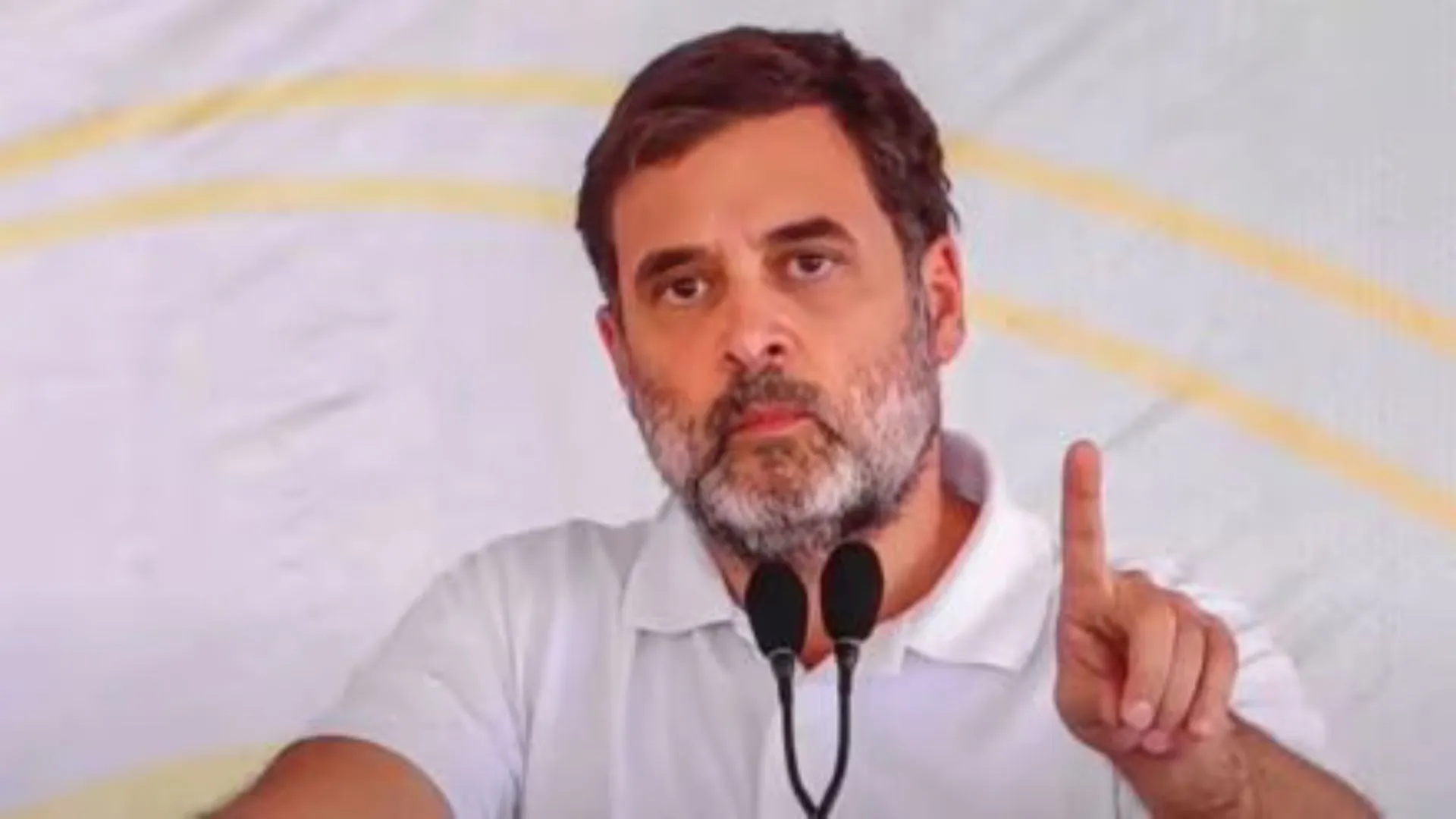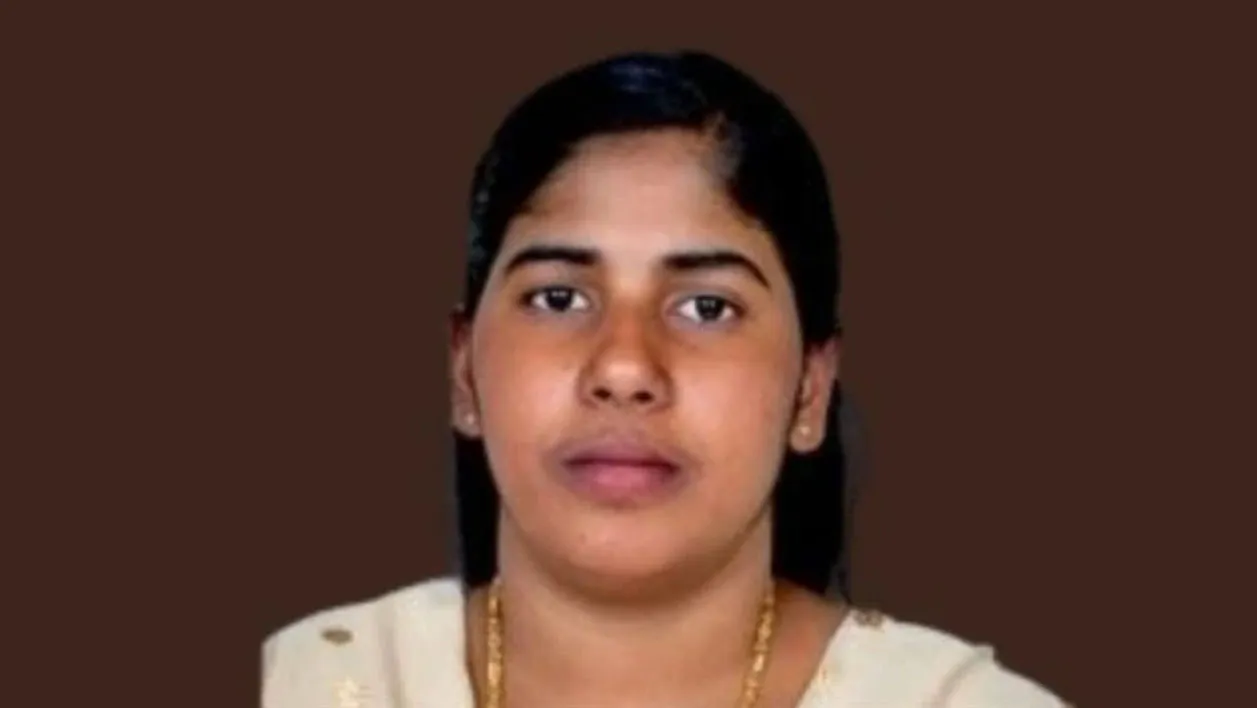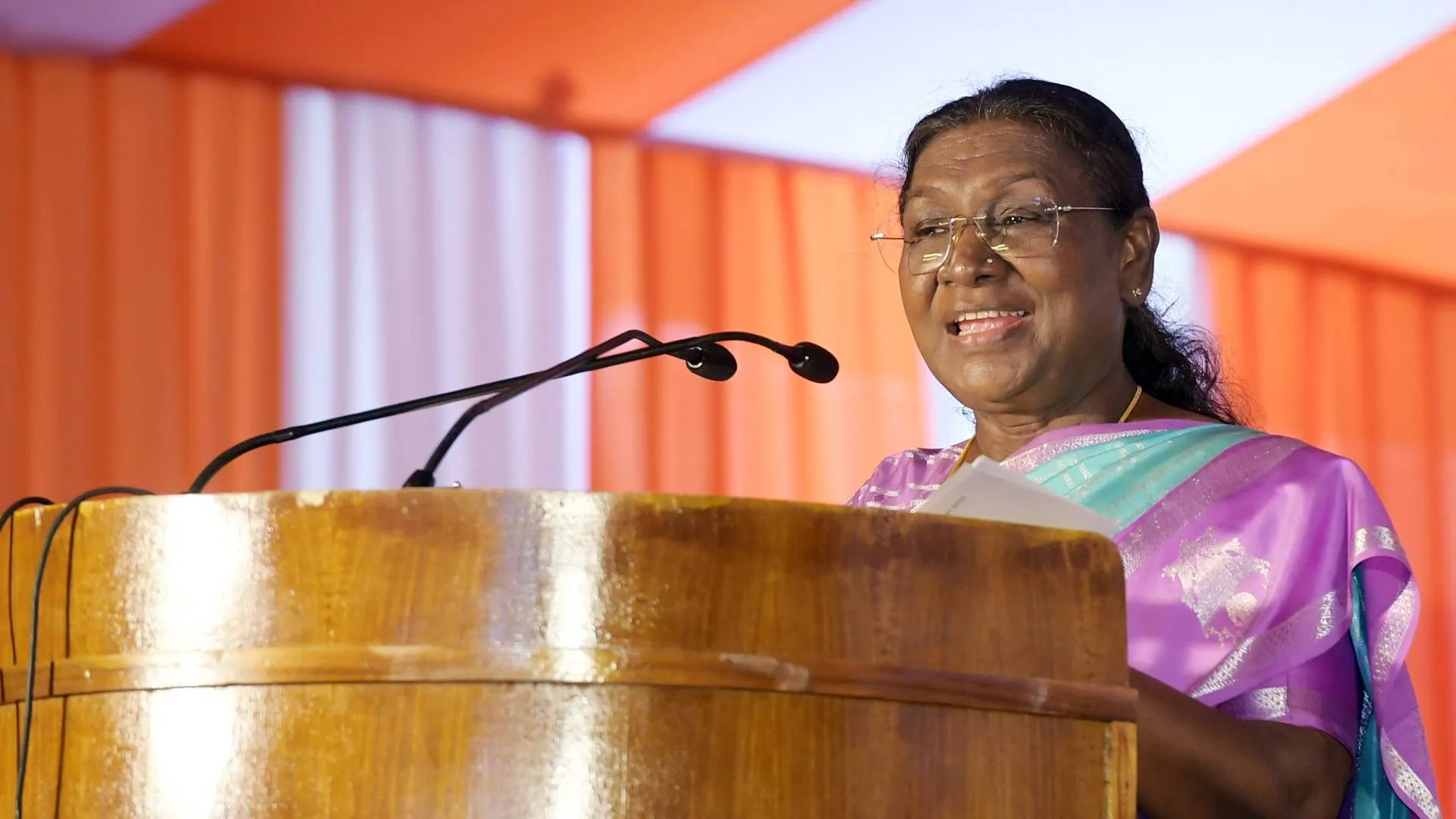The appointment of judges to the Constitutional Courts is a debatable issue across the globe. The contentious issue, simply put, arises on the role of the executive in such appointments and the extent thereof.
To understand and appreciate the issue one must understand the evolution of the collegium system. The Constituent Assembly debates on Article 124 show that out of the many proposed mechanisms for appointment of judges, it was concurred on the framework that required the appointment of Supreme Court judges to be made by the President, acting on the aid and advice of the Council of Ministers, in “consultation” with the Chief Justice of India. The President could also consult other Supreme Court and High Court judges as per her discretion. The role of the judiciary in the appointments process was to provide inputs and advice to the President. The President was not bound by the advice of the Chief Justice or any other judge. In practice, recommendations were initiated by the Chief Justice and sent to the Minister for Law and Justice. If the Minister agreed with the suggested name, she, with the concurrence of the Prime Minister, would so advise the President, who would make the appointment. Therefore, becoming an executive led system.
This mechanism under Article 124 was contentious since inception and within a few years of coming into effect, the Law Commission of India, in 1958 highlighted that in many cases “the influence of executive” was responsible for the appointment of some judges. The Law Commission further criticised the “communal and regional considerations” in making appointments to the Supreme Court.
The current collegium system originates from three landmark judgements or famously known as the “three judges case.” First, in S.P. Gupta vs President Of India And Ors AIR 1982 SC 149, the constitutional bench of the Hon’ble Supreme by a majority judgment rejected that the word “consultation” in the relevant provisions of the Constitution should be read as “concurrence,” and held that the term “consultation” used in Articles 124 and 217 implied that although the President will consult judiciary, his decision was not bound to be in concurrence with them. Many opined that the judgment shifted the balance of power in appointments of judges and made the mechanism more executive-centric.
Second, in Supreme Court Advocates-on-Record Association v. Union of India, (1993), nine judges of the Hon’ble Apex Court reversed their decision of the ‘First Judges Case’ and developed the ‘Collegium system’. The Court held that the Chief Justice of India has the primary role in the appointment process of judges and “consultation” implies as “concurrence” because an independent judiciary is part of the unamendable basic structure of the Constitution, and to safeguard the same, the judiciary should have ‘primacy’ over the appointments process. The underlying principle for the evolution of the collegium system was further strengthened as it reflects the collective opinion of the senior-most judges of the Apex Court involved in the process of judicial appointment rather than an individual opinion. In the third case, the Apex Court reiterated the supremacy of the judiciary over the executive in the course of judicial appointment and expanded the Collegium to a five-member panel.
Soon after, the collegium system was criticised for lack of transparency and the lack of established criteria for appointment of judges. The lack of transparency further raised suspicion of nepotism and favourism in the mechanism for appointment of judges. This criticism was the basis of National Judicial Appointment Commission Act, 2014. In August 2014, Parliament passed the Constitution (99th Amendment) Act, 2014 along with the National Judicial Appointments Commission (“NJAC”) Act, 2014, providing for the creation of an independent commission to appoint judges to the Supreme Court and high courts to replace the collegium system.
The vires of the NJAC was challenged before a five-judge bench of the Hon’ble Supreme Court of India wherein the role of executive in judicial appointments was further scrutinised and discussed in great detail.
The Supreme Court reiterated the Collegium system and struck down the NJAC Act along with the 99th Constitutional Amendment Act in a 4:1 ratio. Interestingly, the Apex Court discussed the “legitimate power of reciprocity”, i.e., when the recipient feels indebted to the giver, and feels compelled to cancel the debt…often against his/her better judgment. Noting this, the Court held and endorsed that “the political-executive, as far as possible, should not have a role in the ultimate/final selection and appointment of Judges to the higher judiciary. Specially keeping in mind the enormity of the participation of the political-executive, in actions of judicial adjudication. Reciprocity, and feelings of pay back to the political-executive, would be disastrous to the independence of the judiciary”.
Therefore, it is correct to say that the present collegium system has weathered every storm and stood the test of time over a period of nearly 30 years. Undisputedly, there are cogent reasons for having a minimalistic role of the executive in appointment of judges including, but not limited to, independence of judiciary, nipping the bud of ‘reciprocity’, and efficacy amongst many others. Moreover, in my opinion, it will be wrong to suggest that the collegium enjoys absolute power in the appointment of judges to the apex court and various High Courts, with minimum or no accountability. There is an entire process by way of which names are first sent to the respective High Court Collegium, the names are only then forwarded to the Supreme Court after due consultations and deliberations by the collegium of the High Court(s). Thereupon, the Supreme Court Collegium deliberates, and only when there is a consensus, the name is recommended by the collegium for the appointment. Moreover, one must bear in mind that our Constitution provides for the separation of powers between the Legislature, Executive, and Judiciary. The system also provides for checks and balances on one another and there is no stricto sensu separation of power. Hence, it is wrong to say that the entire process is any eyewash and there is no accountability.
That said, there is also force in the argument that the opacity in the appointment process has raised unwarranted suspicion about the entire process. The lack of information in public domain remains a cause of concern and further leads to speculations of nepotism and favouritism, which effects the morale of judicial officers, ultimately rippling down to the litigants. Transparency and flow of information in public domain will not only end all speculations of nepotism and favouritism, but will further promote a merit based approach in appointments of judges to the higher courts across the country. A mechanism for flow of information will also enable and ensure that the right candidate is not overlooked. Adopting new mechanisms, especially with the advent of technology in Courts, and bringing in some transparency will help in bolstering the faith in the entire system.
All in all, the current law of the land of appointment of judges is a detailed and tedious process under the supervision of the senior-most judges of the Hon’ble Apex Court. The system despite its shortcomings is founded on strong and cogent reasons. Any deviation is disobedience of the law of the land and leads to stagnation. The stagnation in appointments is more detrimental to society at large as vacancies in Constitutional Courts are rising causing an immense delay in justice dispensation.
Sr. Adv. Pramod Dubey practices at the Supreme Court of India























